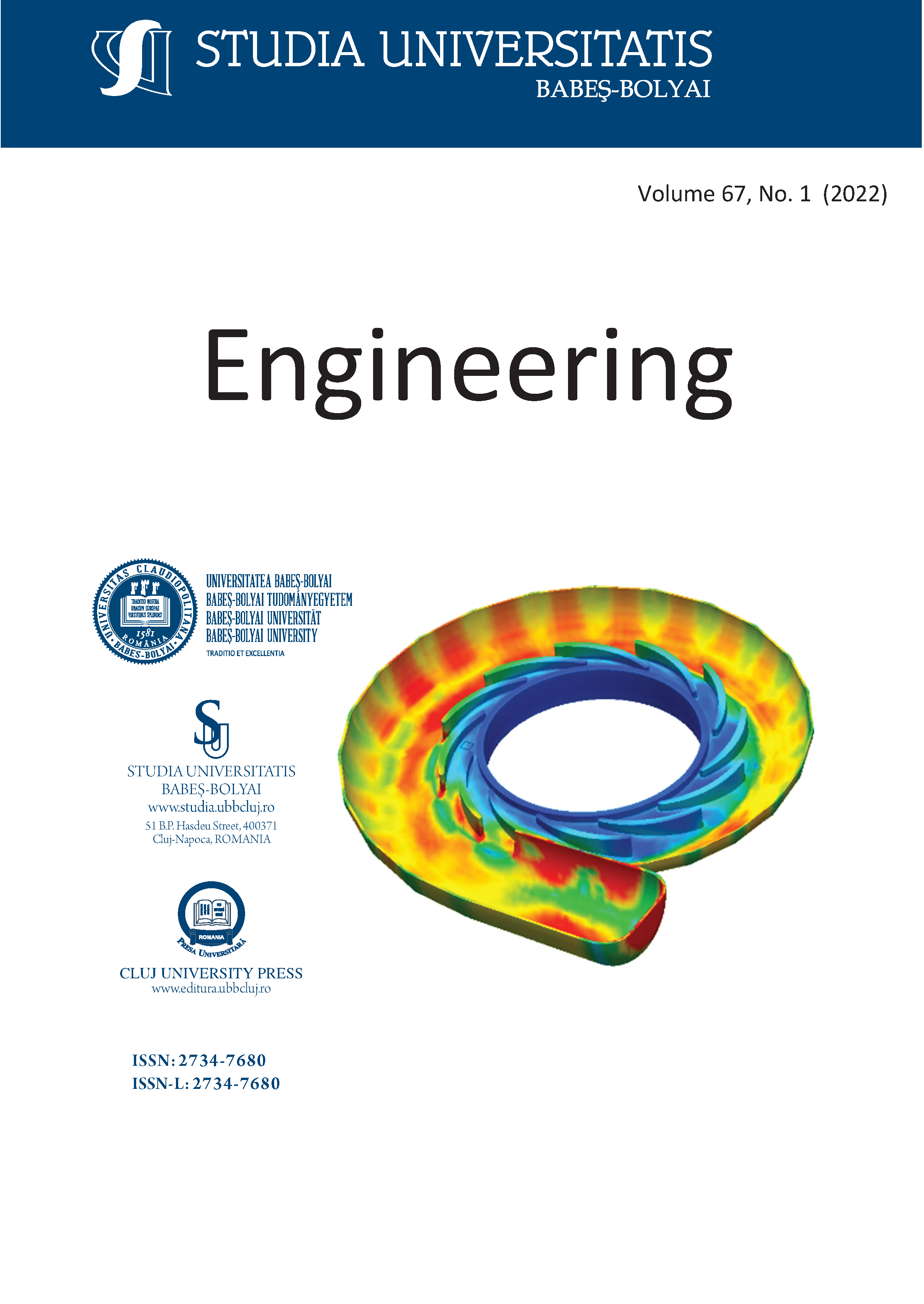Control Extension Using Global Navigation Satellite System Receivers in Auchi, Nigeria
DOI:
https://doi.org/10.24193/subbeng.2022.1.14Keywords:
first order controls, in-situ check, control point, point positioning technique, static mode, GNSS dual frequency receivers, dilution of Precision (DOP), Auchi.Abstract
Auchi is the headquarters of Etsako West Local Government Area of Edo State, which is opening up with many developments and diverse construction activities taking place. It was observed that there are limited numbers of reliable survey controls to check these activities; hence the study focuses on second order control (Class 1) extension along the New Auchi-Igarra road to the Polytechnic (Up Iyekhei) road through the Water Board. The controls serve as references for engineering, topographic, cadastral, and route survey projects in and around the project location. An in-situ check using point positioning technique revealed that they were in good condition for use (FGP/EDY072, FGP/EDY089, and FGP/EDY090) were used for extension, and an in-situ check using point positioning technique revealed that they were in good condition for A total of 15 points (AME 001 to AME 015) were observed in static mode with Hi Target GNSS dual frequency receivers and were post processed based on the Clark 1880 spheroid while the total length was 8.503km (8503m). The interval of the new controls ranged between 58.30m and 1569.76m; which is aimed at providing users within these routes a good proximity to at least three of the controls for effective usage. Not less than fifteen satellites were acquired by the GNSS receivers for every observation, and a time range of not less than 60 minutes (1 hour) was used for data acquisition at every station, with a Positional Dilution of Precision (PDOP) value that ranged between 1.1 and 1.5. The study was intended for horizontal control only, but the vertical control values were obtained as well. For easy future location of the new extended controls, a proper description of the controls was carried and recorded in appropriate field sheets. The entire survey was carried out according to specification and is fit to be used for subsequent lower order surveys within the project area.References
Agor R., Surveying and Levelling. 11th Ed. Delhi, 2012.
Ajibade S.A., Horizontal and Vertical Controls for the Study and Monitoring of Structures. 32nd Annual General Meeting at Uyo, Akwa Ibom State. 6–9 May, 1997, pp. 17–20.
Ghilani C.D., Wolf P.R., Elementary Surveying: An Introduction to Geomatics, USA, Pearson Education, Inc., Pearson Prentice Hall, 2012.
Ezeigbo C.U., Nigerian Geodetic Network, The Control Question in Map Maker, vol. 1, March 1990, pp. 83.
Fasehun O., (2014): Second Order GPS Control Densification within OyoMtroplis. https://academic.edu/31883391/secondordergpscontroldensificationwithinOyometropolis (accessed 30th December. 2021).
SURCON, Specifications for Geodetic Surveys in Nigeria, Lagos, Nigeria, 2007.
Uren J., Price W.F., Surveying and Mapping, 3rd edition, Macmillan, 2001.
Downloads
Published
How to Cite
Issue
Section
License
Copyright (c) 2022 Studia Universitatis Babeș-Bolyai Engineering

This work is licensed under a Creative Commons Attribution-NonCommercial-NoDerivatives 4.0 International License.





 © Studia Universitatis Babeş-Bolyai Engineering. Published by Babeș-Bolyai University.
© Studia Universitatis Babeş-Bolyai Engineering. Published by Babeș-Bolyai University.